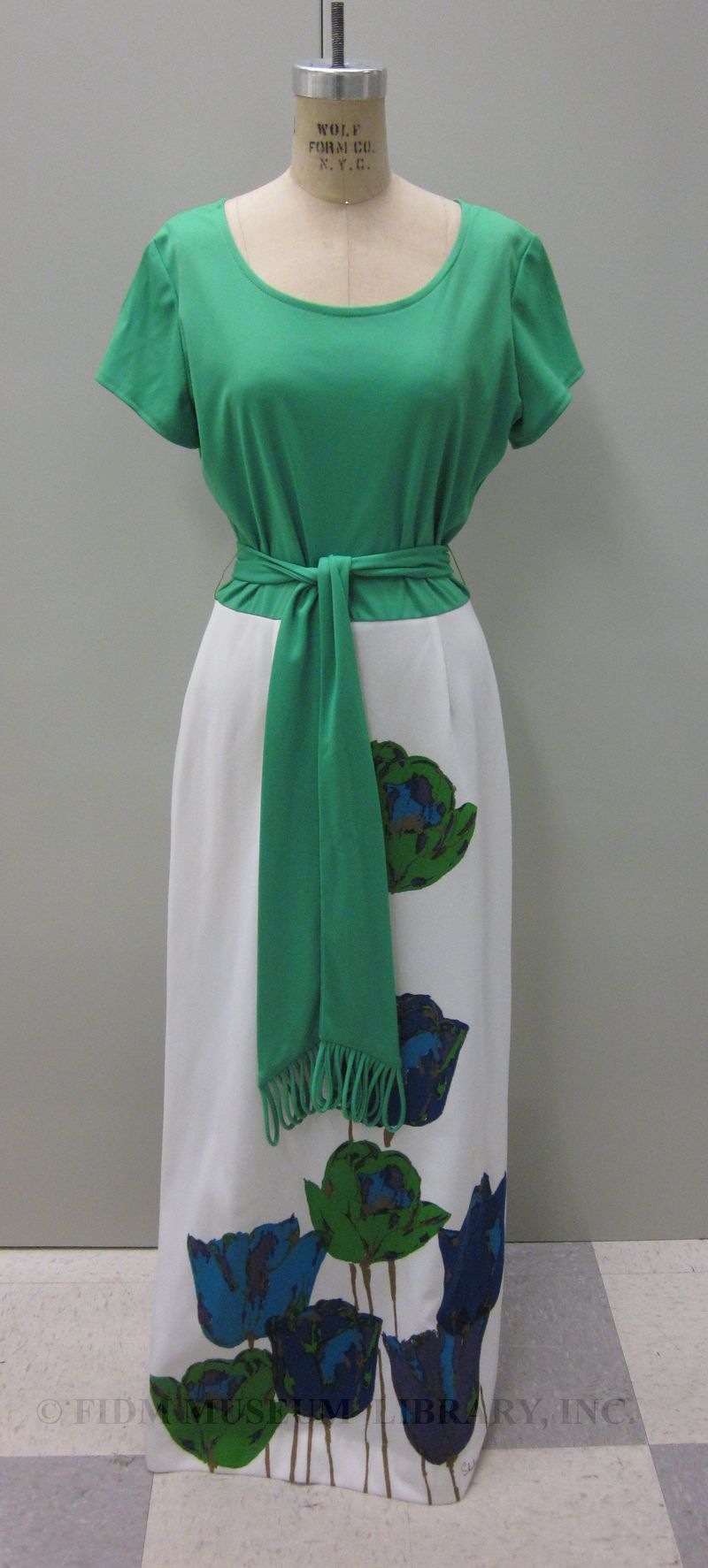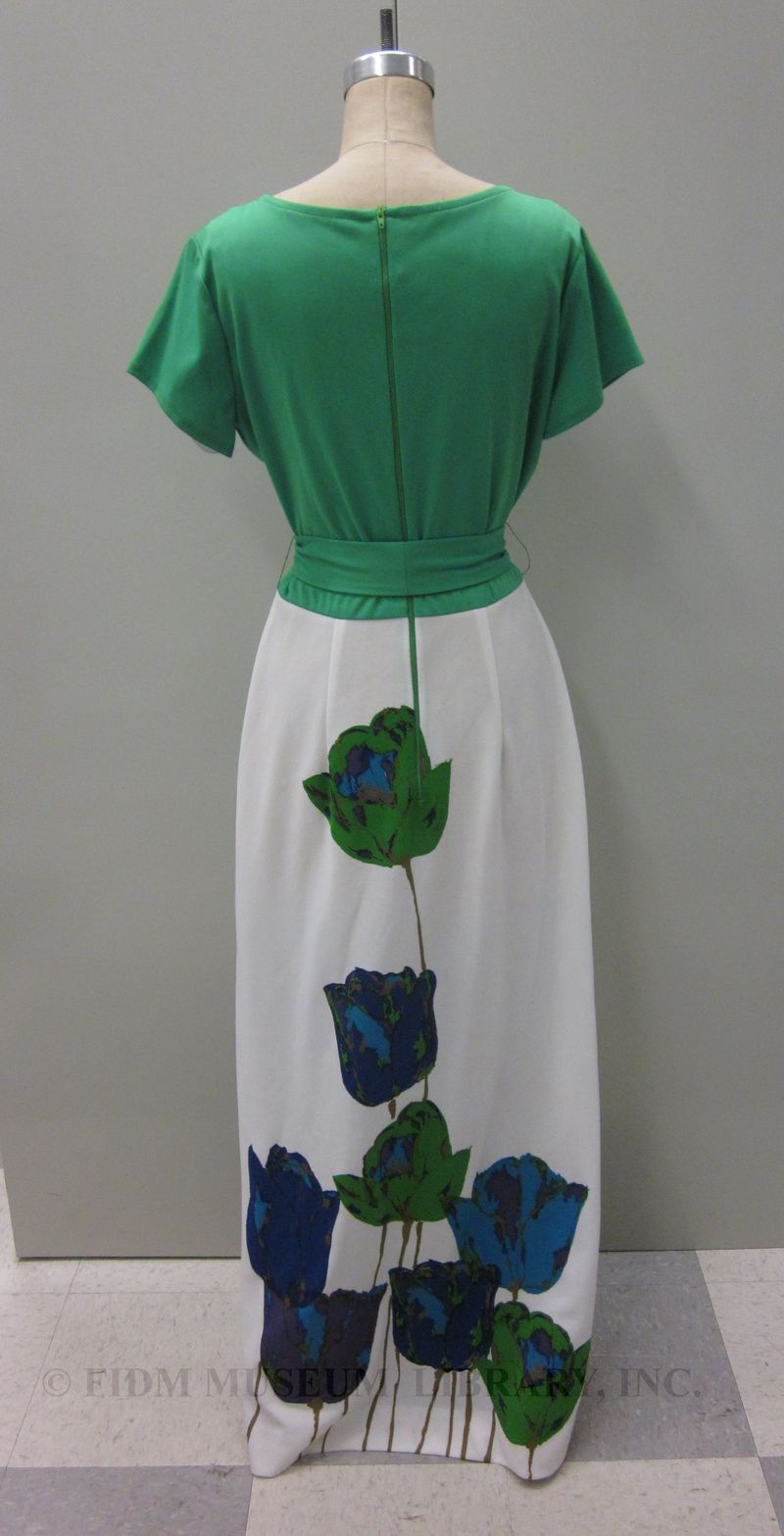Alfred Shaheen (1922-2008) singlehandedly elevated Hawaiian shirts from tacky souvenirs to Tiki chic and, in the process, founded the modern Hawaiian fashion industry. Born in New Jersey and raised in Southern California, Shaheen moved to Oahu with his parents in 1938. He returned to California the next year to attended Whittier College. Upon graduating in 1943, he enlisted in the U.S. Army Air Corps and served as a fighter pilot in World War II. He returned to Oahu after the war and joined his family's custom dressmaking business. In 1948, he launched his own ready-to-wear enterprise making men's "Aloha" shirts and island-inspired womenswear, including sundresses, sarongs, and swimsuits.
Alfred Shaheen
c. 1970
Gift of Jane Calhoun
2007.918.10AB
Hawaii experienced a tourist boom in the postwar period, thanks to faster jet travel and Hawaiian statehood in 1959. The Aloha shirt was an essential souvenir and a key ingredient in the burgeoning Tiki nightlife scene. Shaheen originally imported textiles from the mainland, but he soon grew frustrated by delays and inconsistent quality. So he built his own factory, printing plant, and dyeworks on Oahu to manufacture artistic textiles and garments inspired by the cultures of the Polynesia and Asia. By 1952, he was producing more than 60,000 yards of fabric per month in his signature bold, exotic prints. Elvis Presley wore a red Alfred Shaheen Aloha shirt on the cover of his 1961 soundtrack album Blue Hawaii, giving Hawaiian style (and Shaheen) the ultimate celebrity endorsement. Today, vintage Shaheen shirts can sell for hundreds of dollars.
2007.918.10AB
You didn't need to buy a plane ticket to dress like an islander. Until Shaheen retired in 1988, his clothes were sold by upscale mainland department stores and boutiques. The donor purchased this polyester maxi dress printed with oversized tulips at Kemo's Polynesian Shop in landlocked Arcadia, California.




Shaheen is lovely but I’ve always been a fan of the Kamehameha designs from the 1950s